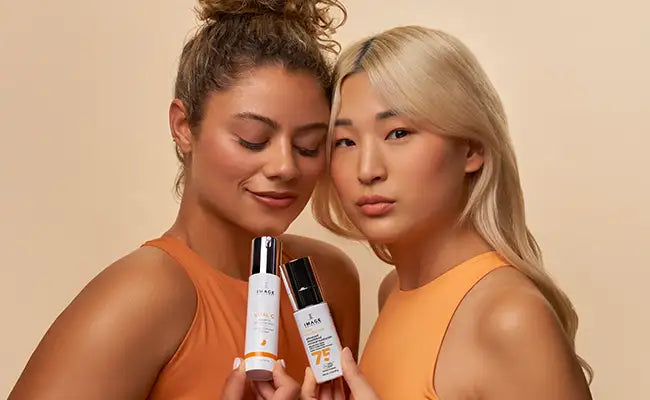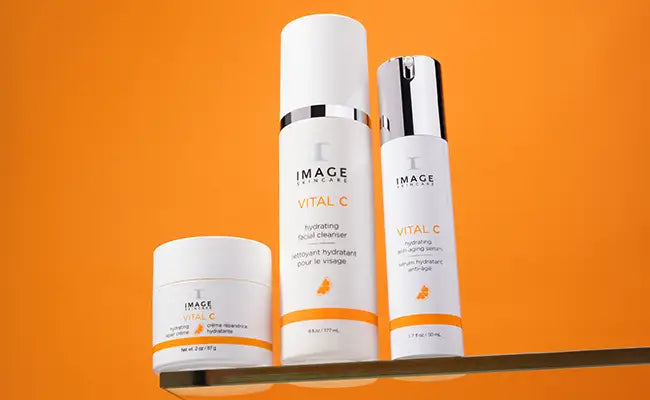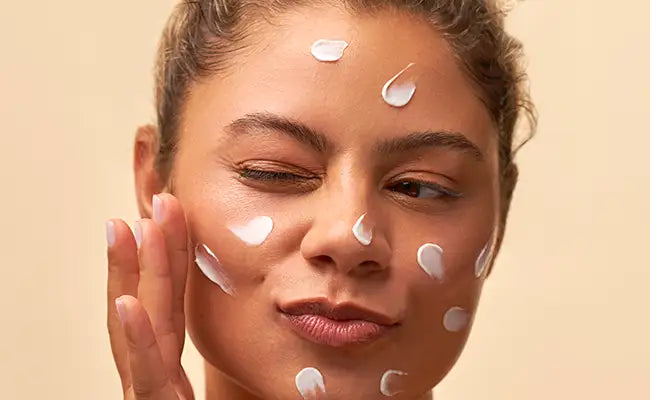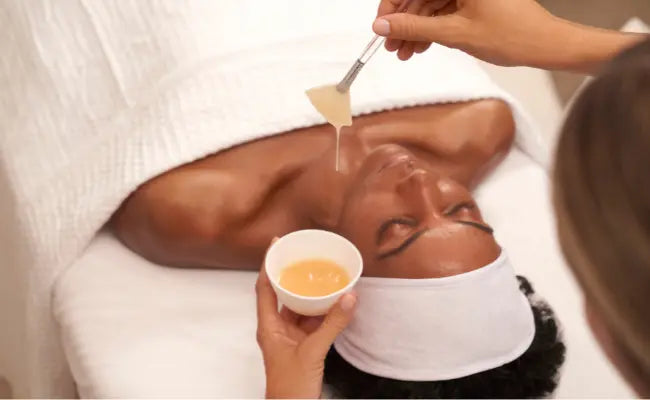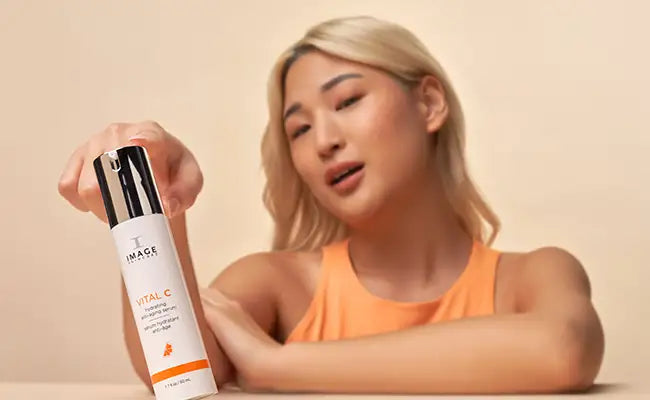Summer is finally here, and while we all love that sun-kissed glow, it’s crucial to protect our skin from harmful UV rays. Your skin, being the largest organ, is highly susceptible to sun damage. So, let's dive into the summer skincare products to keep your skin healthy, radiant, and fully protected.
What are Sunspots?
Sunspots, also known as age spots or solar lentigines, are flat, brown patches that appear on the skin due to prolonged sun exposure. These spots form when melanin, the pigment responsible for your skin’s color, accumulates in high concentrations.
Understanding Sun Exposure: UV Radiation: The sun emits ultraviolet (UV) radiation in two primary forms: UVA and UVB. UVA rays penetrate the skin more deeply and are primarily responsible for aging and long-term skin damage. UVB rays, on the other hand, affect the surface layers of the skin and are the main cause of sunburn.
Melanin Production: When your skin is exposed to UV radiation, it produces more melanin as a defense mechanism. Melanin absorbs and dissipates the harmful rays, protecting your skin cells from DNA damage.
Formation of Sunspots: Over time, repeated sun exposure causes certain areas of the skin to produce excess melanin, leading to the development of pigmentation.
Now let's unpack how to avoid sunspots altogether.
Before Sun Exposure
Before heading out, apply sunscreen at least two hours before sun exposure. A minimum SPF of 30 is essential. For a protective boost, combine your sunscreen with vitamins C and E. Try our VITAL C hydrating anti-aging serum to enhance your sunscreen’s effectiveness and guard against free radicals.

For targeted protection with a hint of coverage, try our DAILY PREVENTION pure mineral tinted moisturizer SPF 30. Featuring XOSM Technology™ that evens out skin tone while providing broad-spectrum protection.

During Sun Exposure
Reapply sunscreen every two hours while you're out and about. Sunscreen effectiveness diminishes over time and can be wiped away by sweat, water, or towels. To keep your skin hydrated and cool throughout the day, spritz on the VITAL C hydrating facial mist.

After Sun Exposure
Sun aftercare is often overlooked but essential. Post-sun exposure, use the ORMEDIC balancing antioxidant serum to strengthen and hydrate your skin, leaving it calm and rejuvenated.

If you got a bit too much sun, the BIOME+ smoothing cloud crème is perfect for reducing discomfort, redness, and irritation.

Correcting and Preventing Sun Spots
Sunspots can be a pesky result of too much sun. Tackle them with the ILUMA® intense brightening serum. This serum uses botanical brighteners and vitamin C to fade existing spots and prevent new ones from forming. For even better results, pair it with the ILUMA intense brightening crème, which works overnight to even out your skin tone.


Incorporating the AGELESS total pure hyaluronic 6 filler into your routine will keep skin hydrated and plump, making sunspots less noticeable.

Pro Tips to Avoid Sunspots
Preventing sunspots before they appear is the best approach. Here are some pro tips to help you avoid these pesky dark spots:
- Apply Sunscreen Religiously: Apply a broad-spectrum sunscreen with at least SPF 30 every day, even when it’s cloudy or you're indoors, as UV rays can penetrate windows. DAILY PREVENTION ultra defense moisturizer SPF 50 is a great choice for comprehensive protection.

- Reapply Sunscreen Frequently: Reapply sunscreen every two hours, or immediately after swimming, sweating, or towel-drying. Carry a travel-sized sunscreen like the DAILY PREVENTION sheer matte moisturizer SPF 30 for convenient reapplication on the go.

- Seek Shade: Whenever possible, stay in the shade, especially between 10 a.m. and 4 p.m. when the sun's rays are the strongest.
- Wear Protective Clothing: Wide-brimmed hats, long-sleeved shirts, and sunglasses with UV protection can shield your skin from direct sun exposure. Consider clothing with UPF (Ultraviolet Protection Factor) for added defense.
- Use Antioxidants: Vitamins C and E can boost your skin’s defense against UV damage. Incorporate products like the VITAL C Anti-Aging Serum into your daily routine.
- Stay Hydrated: Drinking plenty of water helps keep your skin hydrated and healthy, which can make it more resilient to sun damage.
Wrapping Up
From powerful sunscreens and hydrating serums to brightening treatments and tinted moisturizers with SPF, these products and practices ensure your skin will stay healthy and radiant all season long. With these tips, you're all set for a future of glowing, protected skin.
FAQs
Q: Can I still get sunspots if I wear sunscreen every day?
A: Yes, while daily sunscreen use significantly reduces your risk, prolonged or intense sun exposure can still lead to sunspots over time. It's crucial to reapply sunscreen regularly and use additional protective measures such as seeking shade and wearing protective clothing.
Q: Are sunspots the same as freckles?
A: No, sunspots and freckles are different. Freckles are typically genetic and can darken with sun exposure, while sunspots result from cumulative sun exposure and are more common in older adults.
Q: Can sunspots turn into skin cancer?
A: Sunspots themselves are not cancerous, but they indicate significant sun exposure, which is a risk factor for skin cancer. Regular skin checks with a dermatologist are essential to monitor any changes in your skin.
Q: What ingredients should I look for in products to treat sunspots?
A: Look for products containing botanical brighteners, vitamin C, and retinol. These ingredients help fade existing sunspots and prevent new ones from forming.
Q: How long does it take to see results when treating sunspots?
A: The time it takes to see results can vary based on the severity of the sunspots and the treatment used. You can expect to see improvement in 4 to 12 weeks with consistent use of targeted skincare products.
Q: Are certain skin types more prone to sunspots?
A: People with fair skin are more susceptible to sunspots because they have less melanin to protect against UV radiation. However, anyone can develop sunspots with enough sun exposure.


